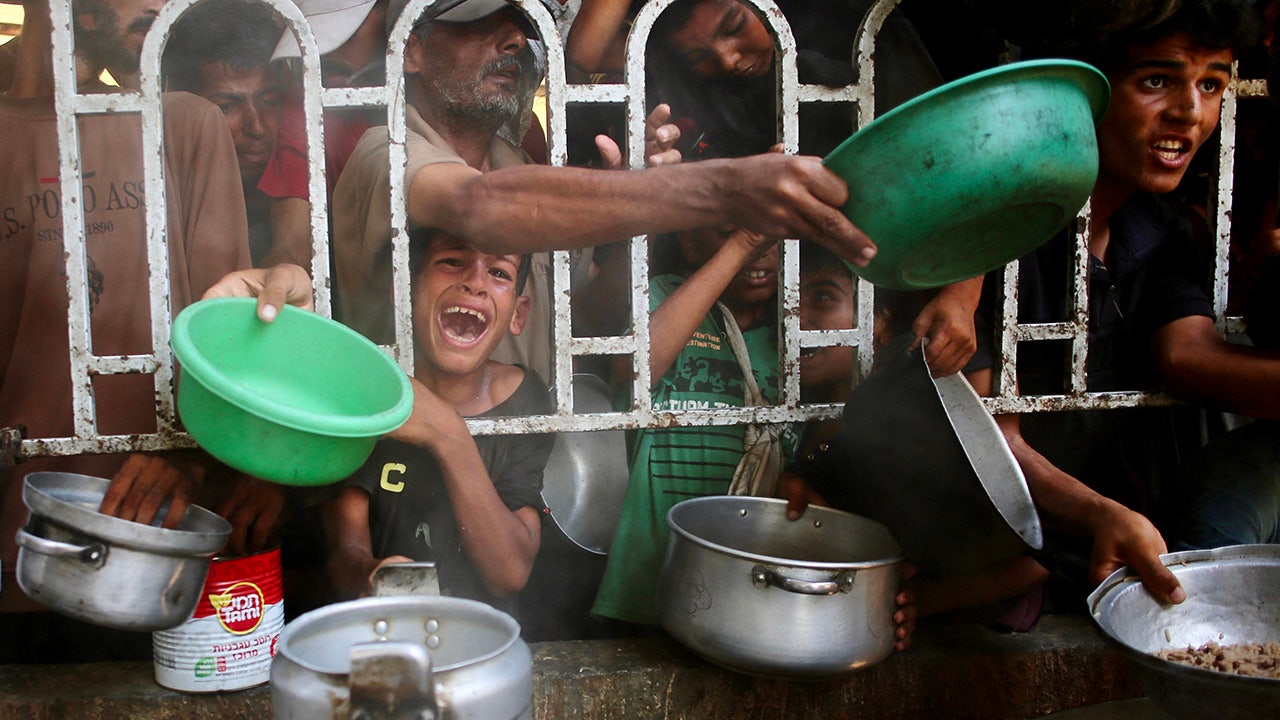Israel prepares for a population movement from combat zones to southern Gaza while Defense Minister Katz discusses comprehensive plan to defeat Hamas
Why it matters
- Israel's strategic relocation plan aims to safeguard civilians in combat zones while escalating military efforts against Hamas.
- The movement of residents from northern to southern Gaza reflects growing fears of intensified conflict and humanitarian crises.
- This shift may have significant implications for regional stability and international diplomatic efforts.
As tensions continue to rise in the ongoing conflict between Israel and Hamas, the Israeli government has announced a significant initiative to facilitate the relocation of Palestinians from active combat zones in northern Gaza to safer areas in the south. This decision comes as Israel's Defense Minister, Yoav Katz, presents a comprehensive strategy aimed at neutralizing Hamas’s military capabilities.
The proposed relocation plan is designed to protect civilians caught in the crossfire of escalating military operations. With fighting intensifying, the Israeli military is keenly aware of the need to minimize civilian casualties while pursuing its objectives against Hamas, which has been launching attacks from densely populated areas. The government’s message is clear: the safety of civilians is paramount, even as military actions ramp up.
In recent communications, Defense Minister Katz outlined what he termed a “holistic approach” to dismantling Hamas’s infrastructure, which includes both military targets and the mechanisms that support them. The plan is multifaceted, incorporating military strikes, intelligence operations, and, importantly, the relocation of civilians to ensure their safety as hostilities increase.
Katz's address emphasized that the relocation would not only serve to protect civilians but also aim to disrupt Hamas’s operations by reducing its human shield tactics. By moving residents from high-risk areas, Israel hopes to diminish Hamas’s operational capabilities while adhering to international humanitarian laws that emphasize the protection of non-combatants in conflict zones.
The Israeli government is actively coordinating with humanitarian organizations to facilitate this movement. This collaboration is crucial, as it aims to provide displaced families with basic necessities and support in their new locations, minimizing the potential for a humanitarian crisis. Reports indicate that the government is establishing temporary shelters and ensuring access to food, medical care, and other essential services in the southern regions of Gaza.
However, this strategy is not without its challenges. The logistics of relocating thousands of residents while maintaining security in both the northern and southern regions of Gaza are complex. Additionally, there are significant concerns about the long-term implications of such a mass movement, including the potential for increased tensions between different Palestinian factions and the implications for future peace negotiations.
International reactions to Israel’s announcement have been mixed. Some countries and humanitarian organizations have voiced concerns regarding the potential displacement of civilians and the risk of exacerbating the humanitarian situation in Gaza. Others, however, recognize the need for Israel to take steps to safeguard its citizens while facing an existential threat from Hamas.
As the situation develops, the international community is closely monitoring Israel's actions and the humanitarian impacts of the relocation. The United Nations and various NGOs are preparing to respond to the needs of those affected by the conflict, emphasizing the need for immediate humanitarian aid and long-term solutions to ensure stability in the region.
In this context, the coming days will be critical. As Israel prepares for a possible escalation in military operations, the fate of many civilians hangs in the balance. The government’s approach reflects a dual imperative: to protect its citizens while facing a formidable adversary, all while navigating the complex and often contentious landscape of Middle Eastern geopolitics.
In summary, Israel's proactive measures to relocate civilians from dangerous areas are part of a broader strategy to combat Hamas effectively. As the military prepares for intensified actions, the humanitarian implications of these moves will be crucial in shaping both the immediate and long-term outcomes of this ongoing conflict.











